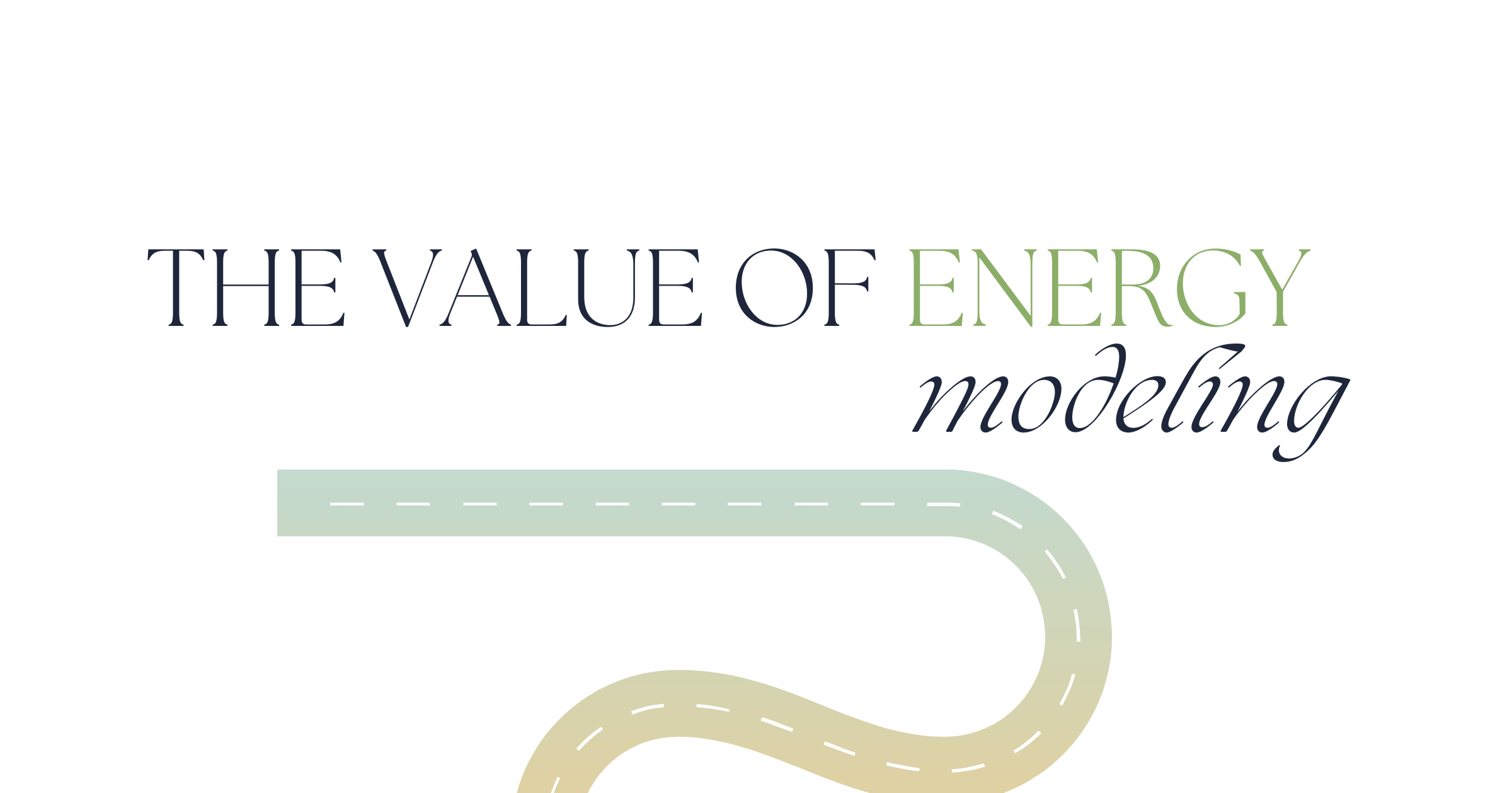Building a new home is an exciting and significant investment. To ensure that this investment yields the highest returns in terms of comfort, cost savings, and sustainability, homeowners are increasingly turning to energy modeling. This sophisticated tool provides critical insights into a home's energy performance, enabling informed decisions that can lead to substantial benefits. Let's explore the value of energy modeling for homeowners embarking on new residential construction projects.
What is Energy Modeling?
Energy modeling is a computerized simulation that predicts a building's energy consumption based on various factors such as design, materials, climate, and occupant behavior. By creating a digital representation of the home, energy modeling analyzes its thermal performance, heating and cooling loads, and overall energy usage.
Benefits for Homeowners
1. Cost Savings
One of the most compelling benefits of energy modeling is its potential for cost savings. By optimizing the design and materials of a new home, energy modeling helps homeowners make decisions that can significantly reduce energy consumption and lower utility bills. Here are a few ways energy modeling can save money:
- Optimized Insulation: Energy modeling can identify the most cost-effective combination of insulation materials and thicknesses to minimize heat loss in winter and heat gain in summer. This ensures that homeowners are not over-spending on insulation while still achieving maximum energy efficiency.
- Efficient HVAC Systems: By analyzing the home's heating and cooling loads, energy modeling can recommend the most efficient HVAC system size and type. This not only reduces energy consumption but also prevents the costs associated with over-sized or under-sized systems.
- Window Selection: Energy modeling can guide homeowners in choosing windows that balance aesthetics, performance, and cost. It can recommend the best placement, type, and glazing options to enhance energy efficiency and comfort.
2. Increased Comfort
Energy modeling ensures that new homes are designed for optimal thermal comfort. By analyzing factors like solar gain, insulation levels, and air leakage, homeowners can enjoy a comfortable living environment with fewer temperature fluctuations. This translates to rooms that stay consistently warm in the winter and cool in the summer, improving the overall livability of the home.
- Balanced Temperature: Energy modeling can help design a home that maintains a consistent temperature throughout, avoiding hot and cold spots. This contributes to a more comfortable and pleasant living experience.
- Better Indoor Air Quality: Properly designed ventilation systems, as recommended by energy modeling, can improve indoor air quality by ensuring adequate fresh air exchange and reducing the risk of mold and mildew.
3. Environmental Impact
Building an energy-efficient home has a smaller carbon footprint, which is increasingly important in today's environmentally conscious world. Energy modeling helps homeowners make choices that reduce their reliance on fossil fuels and decrease greenhouse gas emissions.
- Sustainable Materials: Energy modeling can suggest the use of sustainable and energy-efficient building materials that reduce environmental impact. For example, materials with high thermal mass can help regulate indoor temperatures naturally.
- Renewable Energy Integration: Energy modeling can evaluate the potential benefits of integrating renewable energy sources, such as solar panels, into the home's design. This not only reduces the home's carbon footprint but also provides long-term energy cost savings.
4. Long-term Investment Value
An energy-efficient home can have a higher resale value. Prospective buyers are increasingly looking for homes with low operating costs and a reduced environmental impact. By investing in energy modeling, homeowners can ensure that their new construction project is future-proofed, making it more attractive in the real estate market.
- Increased Market Appeal: Homes designed with energy efficiency in mind are often more appealing to buyers, who are willing to pay a premium for lower utility bills and enhanced comfort.
- Compliance and Certifications: Energy modeling can help homeowners achieve certifications such as ENERGY STAR® or LEED®, which can further increase the home's value and marketability.
Case Study: High-Performance Home
Consider a family building a new home with a focus on energy efficiency. By incorporating energy modeling during the design phase, they optimized the home's orientation, insulation, windows, and HVAC system. The result was a home that used 30% less energy than a similar home built to standard code, saving the family hundreds of dollars annually on utility bills. Additionally, the home provided a consistently comfortable living environment and had a smaller environmental footprint, aligning with the family's sustainability goals.
Final Thoughts
Energy modeling offers significant value for homeowners embarking on residential new construction projects. It enables the design of energy-efficient homes that provide cost savings, comfort, environmental benefits, and long-term investment value. By incorporating energy modeling into the planning and design phases, homeowners can make informed decisions that lead to smarter, more sustainable, and cost-effective homes.
Whether you're building your dream home or looking to maximize the value of your investment, energy modeling is a crucial tool that can help you achieve your goals. Embrace energy modeling to create a home that is not only efficient but also sustainable and comfortable for years to come.









